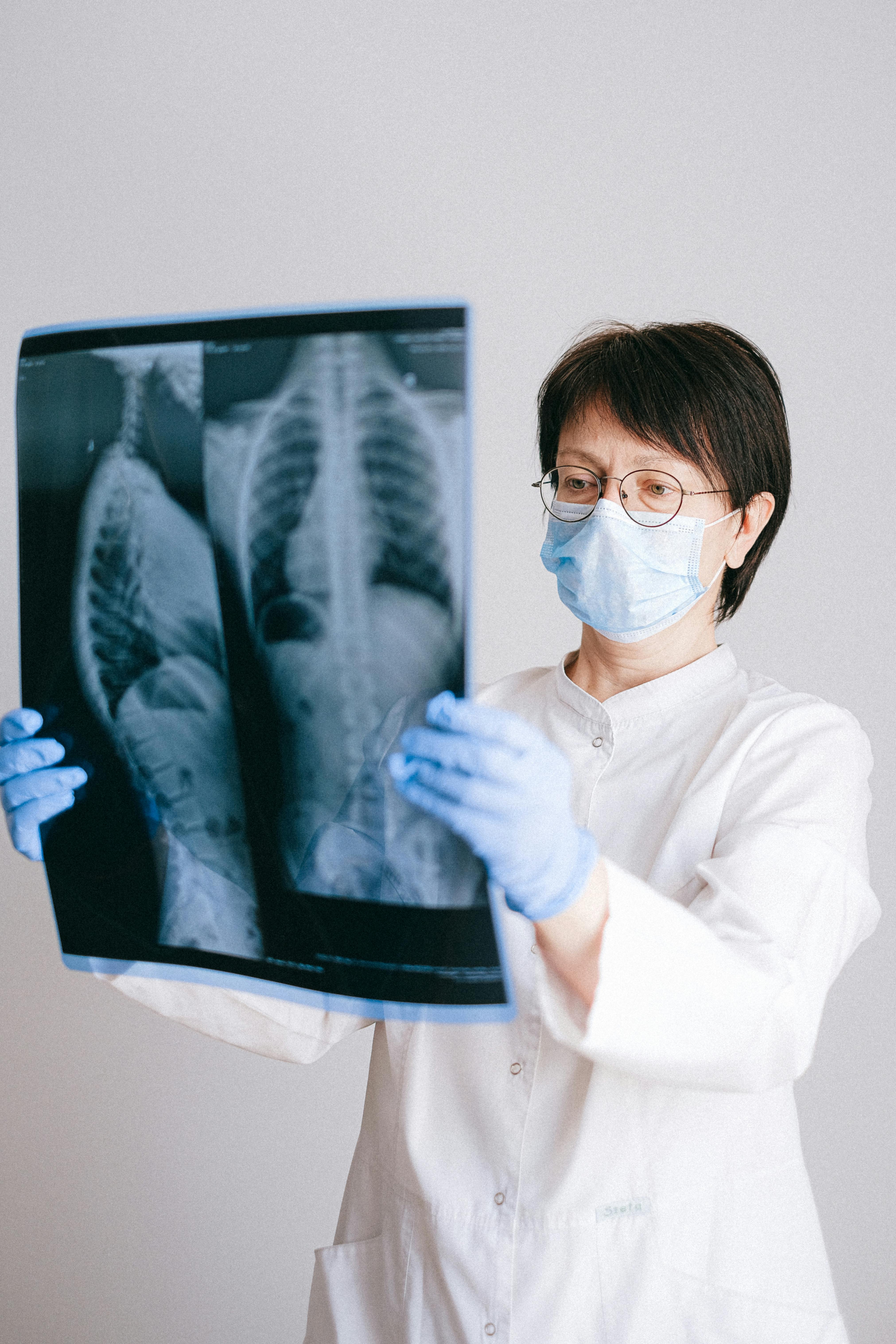Medical Malpractice Law in the USA: How Victims Can Claim Compensation in 2025

Introduction
Medical malpractice continues to be one of the most complex and expensive legal fields in the USA. In 2025, patients have more awareness of their rights and attorneys are using advanced strategies, including digital evidence and AI-driven case analysis, to maximize compensation.
According to recent studies, over 250,000 deaths annually in the USA are linked to medical errors, making malpractice the third leading cause of death after heart disease and cancer. This underlines why understanding malpractice law is crucial for victims and their families.
What is Medical Malpractice?
Medical malpractice occurs when a healthcare provider, such as a doctor, nurse, or hospital, deviates from the accepted standard of care, causing harm to the patient. It is not limited to mistakes in surgery; malpractice can occur in diagnosis, treatment, aftercare, or even in health management decisions.
- Misdiagnosis: Incorrect or delayed diagnosis leading to harmful treatment.
- Surgical Errors: Mistakes during surgery, including operating on the wrong body part.
- Medication Errors: Prescribing or administering the wrong drug or dosage.
- Birth Injuries: Harm caused during labor or delivery due to negligence.
- Failure to Treat: Ignoring patient symptoms or dismissing critical care.
Legal Standards & Burden of Proof

Standard of Care
To prove malpractice, attorneys must establish that the healthcare provider failed to meet the accepted “standard of care”. This refers to the level of care that a reasonably skilled and competent provider would have offered under similar circumstances.
Burden of Proof
The victim (plaintiff) carries the burden of proof. Their attorney must demonstrate that:
- A legal duty of care existed between patient and provider.
- The provider breached that duty by acting negligently.
- The negligence directly caused injury or harm.
- The patient suffered measurable damages (medical bills, lost wages, pain and suffering).
Expert Testimony
In most cases, expert witnesses (specialist doctors) testify to confirm whether the standard of care was violated. Their testimony often makes or breaks a malpractice case.
Common Types of Medical Malpractice Cases

Misdiagnosis & Delayed Diagnosis
Misdiagnosis is among the leading causes of malpractice claims in the USA. When doctors fail to identify a serious condition like cancer or heart disease, patients lose valuable time for treatment, sometimes with fatal consequences.
Surgical Errors
These include operating on the wrong site, leaving surgical instruments inside a patient, or causing avoidable complications. In 2025, surgical error lawsuits remain a top source of high-value settlements.
Birth Injuries
Negligence during labor or delivery can lead to life-long disabilities such as cerebral palsy or nerve damage. Families often seek compensation to cover lifetime medical expenses for the child.
Medication & Prescription Errors
Errors include prescribing the wrong medication, wrong dosage, or harmful drug interactions. This type of malpractice often leads to severe side effects or death.
Anesthesia Errors
Administering too much or too little anesthesia, or failing to monitor a patient properly, can result in brain damage, heart failure, or even death.
How Attorneys Build Strong Malpractice Cases

Initial Case Review
Attorneys begin by reviewing medical records, interviewing the patient, and consulting experts to determine if malpractice occurred. Without strong evidence, most firms will not proceed with a lawsuit.
Collecting Evidence
- Medical records and charts
- Diagnostic imaging (X-rays, MRIs, CT scans)
- Medication logs
- Hospital policies and staff reports
Expert Witnesses
Attorneys rely heavily on expert witnesses to testify on whether the standard of care was breached. This testimony is critical for persuading judges and juries.
Calculating Damages
Lawyers also calculate damages including medical expenses, lost wages, reduced earning capacity, and emotional suffering. In severe cases, punitive damages may also be awarded.
Compensation & Damages Available in 2025

Types of Damages
- Economic Damages: Cover measurable financial losses such as medical bills, rehabilitation costs, and lost income.
- Non-Economic Damages: Compensation for pain, suffering, emotional trauma, and reduced quality of life.
- Future Damages: Estimated long-term expenses like ongoing therapy or permanent disability care.
- Punitive Damages: Awarded in extreme cases to punish reckless or intentional negligence.
Average Settlement Amounts
In 2025, the average medical malpractice settlement in the USA ranges between $300,000 and $1 million, depending on severity. Catastrophic injury cases may exceed $10 million.
Case Study
A New York family won a $5.2 million settlement when a hospital failed to diagnose a newborn’s infection, leading to permanent brain damage. This demonstrates how compensation reflects both financial costs and lifelong suffering.
The Role of Medical Experts in Malpractice Cases

Why Medical Experts Are Critical
Medical malpractice cases rely heavily on expert witnesses to explain complex medical concepts to judges and juries. Without expert testimony, most malpractice cases would fail to prove negligence.
Functions of Medical Experts
- Define the accepted standard of care in a given specialty.
- Identify how the provider deviated from that standard.
- Establish the direct link between negligence and patient harm.
- Provide written reports and testify in depositions or court.
AI & Digital Tools in 2025
In 2025, experts use advanced tools like AI-assisted record analysis, predictive models, and electronic medical data comparison to strengthen testimony and ensure accuracy.
Steps Victims Should Take Immediately

1. Seek Medical Attention
The first priority is correcting the harm caused by negligence. Victims should seek immediate treatment from another healthcare provider to prevent further damage.
2. Collect Documentation
- Request full copies of medical records.
- Keep all test results, prescriptions, and receipts.
- Maintain a journal of symptoms and recovery progress.
3. Avoid Confronting the Provider Directly
Victims should avoid direct confrontation with the doctor or hospital. Anything said may later be used in court.
4. Contact a Malpractice Attorney
Consulting a specialized malpractice attorney early ensures evidence is preserved and deadlines are met. Most attorneys work on a contingency basis, meaning no fees unless you win.
How Attorneys Negotiate Settlements

Why Settlements Are Common
Over 80% of malpractice cases in the USA are settled out of court in 2025. Settlements save time, reduce costs, and guarantee victims receive compensation without lengthy trials.
Attorney Strategies
- Presenting strong medical evidence and expert reports.
- Highlighting potential jury sympathy for the victim.
- Using prior case verdicts to set benchmarks for damages.
- Threatening trial when insurers undervalue claims.
Negotiation Outcomes
Skilled attorneys often negotiate settlements that cover not only past medical bills but also future care, loss of income, and emotional suffering. The best firms leverage their reputation to maximize payouts.
Challenges in Medical Malpractice Cases

High Legal Costs
Medical malpractice lawsuits are expensive due to expert witness fees, medical record reviews, and court filing expenses. Some cases cost over $100,000 to pursue, making it difficult for smaller firms or victims without contingency agreements.
Statute of Limitations
Each U.S. state has strict deadlines for filing malpractice claims, usually ranging from 1 to 3 years. Missing these deadlines means losing the right to sue, regardless of how strong the case is.
Complex Medical Evidence
Jurors may struggle to understand complex medical evidence, making expert testimony crucial. Defense attorneys often exploit this complexity to create doubt.
Insurance Company Resistance
Hospitals and insurers employ aggressive defense teams whose sole goal is to minimize payouts. Victims often face delayed settlements and lowball offers.
Final Thoughts & Sources

Key Takeaways
- Medical malpractice remains a top cause of preventable harm in the USA.
- Victims need strong attorneys, expert witnesses, and proper documentation.
- Settlements often provide faster compensation than trials.
- New technology like AI is reshaping case strategies in 2025.
Final Recommendation
If you suspect you are a victim of medical malpractice in 2025, take action immediately. Preserve evidence, seek alternative medical care, and contact a trusted malpractice attorney. Your compensation can cover both financial losses and emotional suffering.
